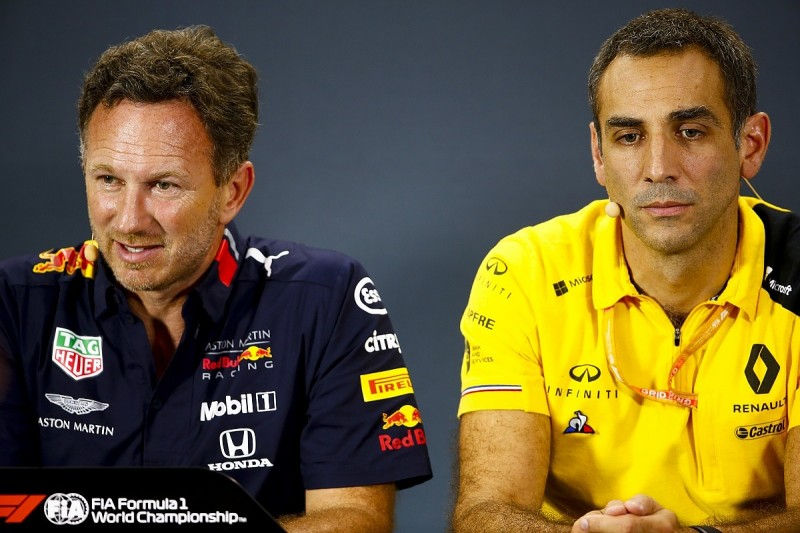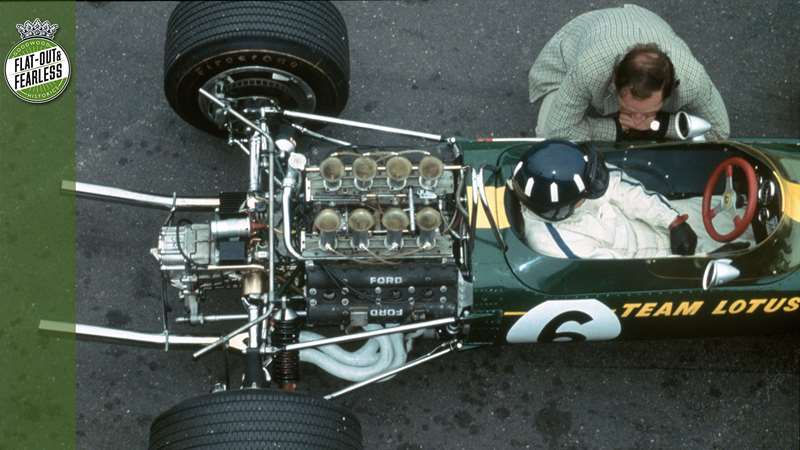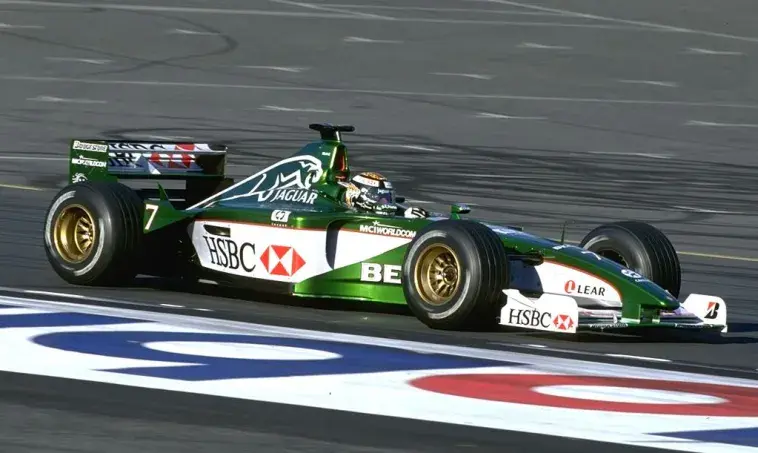Ford in F1- The Good, Bad & Ugly
- John Quinn
- Feb 4, 2023
- 5 min read

Yesterday afternoon (or early morning if you were in the USA, where it occurred) Red Bull Racing had their official F1 launch. While it was somewhat anticlimactic, when it came to the car itself, which was a show car with a livery which was near as damn it, the same as last year.Tthere was news of much more pertinence announced.
The rumour that had been circulating for the previous week, that Ford were to be announced as a partner with RBR, was finally confirmed. The deal will be for Ford to partner with Red Bull Powertrains, the new branch of Red Bull established after Honda announced their departure from F1 at the end of 2021, to build an in-house power-unit to comply with the 2026 regulations.
How much Ford will actually be involved in the design, development and manufacturing of the power-unit isn't entirely clear. The whole venture has a whiff of a branding exercise to it.
The 2026 power-unit regulations will see F1 power-trains use 50% electric-power alongside the combustion engine and they will use 100% sustainable fuels, apparently.
So, Ford can use the global platform of F1 to advertise their push to an electric/sustainable (sic) future, while Red Bull get a nice cash investment from Ford to help fund their new Powertains division. Win-Win, hopefully. Motorsport is never as straightforward as that.
It's brave ground partnering with Red Bull. Yes, they are the current World Champions, but fail to deliver for them and things can get sour, fast.

Look at Renault. They were engine suppliers to Red Bull through their first glory years, 2010-2014, but when they didn't bring the goods to the new hybrid-era of F1, RB were very quick to publicly criticise Renault and the partnership ended badly, mostly for Renault. So bad in fact, it's strongly believed Renault re-branded their F1 team to Alpine so quickly, as to try and minimise the hurt inflicted to the parent brand.
Hopefully things will be rosier with Ford, because Ford have a long and illustrious history in the world of Formula 1 and it would be sad to see that legacy damaged. Ford are resilient though. While their historical trophy cabinet is well stocked, it isn't without it's flaws, so let's have a look at what has come before.
It all began in 1967 when Ford, in conjunction with Cosworth brought along the Double-Four-Valve engine, or as it's most famously referred to as, The DFV. Brought in mid-season at the Dutch GP to power the Lotus 49, it snatched pole-position at it's first attempt by nearly half a second, with Graham Hill at the wheel. While his gearbox gave-up in the race, The DFV went on to win on it's debut too, when Jim Clark, in the sister Lotus 49, took the chequred flag.

It wasn't long before almost every team started running Ford DFV engines, with Ferrari and a few sparse others being the exceptions. From 1967 to 1985, nearly 60% of all F1 races were won by DFV powered cars, with DFVs taking the spoils in every single race of the 1969 and 1973 season. No engine has ever been, to this day, so dominant.
There was a lull for about a decade, when ground-effects and aerodynamics became more important than engine-power, but then in 1994, now with the Ford Zetec-R engine (again in partnership with Cosworth) aided a certain Michael Schumacher and the Benetton F1 team to his and their, maiden F1 World Championships.

While Ford maintained an interest in F1 after that, things began to wane. Benetton & Schumacher moved their allegiance to Renault, which was beginning to show itself as the engine of choice in F1 (you can see how F1 is a bit of a merry-go-round). There were other teams who were still running Ford customer engines in the proceeding few seasons, teams like Simtek, Forti, Tyrell and Sauber (who, coincidentally had a large investment from Red Bull at the time). These teams were very much mid-field outfits and worse still, back-markers.
Ford's next big move in F1, was to partner with the legend that is Sir Jackie Stewart and his son Paul, as they established their own Formula 1 team in 1997. This made Stewart F1 the defacto Ford-factory team.
F1 in the mid-1990s was super-competitive; and it was and still is, near impossible for a new team to be successful out of the gate. Stewart punched above their weight though, with some surprise pole positions, several podium finishes and regular point-scoring moments, with the likes of Rubens Barrichello and Johnny Herbert.

Their biggest success was at the 1999 European GP, where in a dramatic race, Herbert scored Stewart's maiden F1 win, with teammate Barrichello joining him on the podium in third.
This was to be the crowning glory of the partnership, however. After just three seasons of F1, Stewart sold-up. They were made an offer they couldn't refuse. Someone wrote them a big cheque to purchase the F1 team. That someone, was Ford.
At this time, Ford was on a massive expansion. They had a division called the Premier Automotive Group (PAG) which consisted of a collection of luxury & high-end brands Ford Motor Company had acquired in attempt to become the dominant, global automotive force. One of the brands within PAG, was Jaguar. So when they bought the Stewart F1 team, they decided to establish Jaguar Racing for the 2000 F1 season.
Ford believed that pumping hundreds of millions into F1 would guarantee them success. While money is of huge importance in F1, if you don't have the right people, the money is meaningless, it will never work.

It was a shit-show. The technical and managerial roles were like a revolving door, different people coming and going, it was hard to keep up with. No one knew who was steering the ship. Even the late, great Niki Lauda, who was one of several managers drafted in to try and resolve things, couldn't put out the dumpster fire that was Jag F1.
The misdirection and naivety infamously came to a fore when the then CEO of Ford, Jacques Nasser, asked who the third highest paid employee at Ford was, as he didn't recognise his name. That person was Eddie Irvine, then Jaguar F1 race driver.
While they had a couple of flashes during their stint in F1 from 2000-2004, with Eddie Irvine taking a couple of podiums, they never finished higher than seventh championship standings. Ford's only win in the period, was at the 2003 Brazilian GP, when then customer-team, Jordan, won with Giancarlo Fisichella in very dramatic style (the engine went on fire after the race).

By this point, Ford had had enough and sold the Jaguar F1 team....to Red Bull.
So the story has come full circle. Ford succeeded at the highest level, failed, sold to Red Bull, who have had massive success and now Ford want back in. Will it work? Only time will tell.





Comments